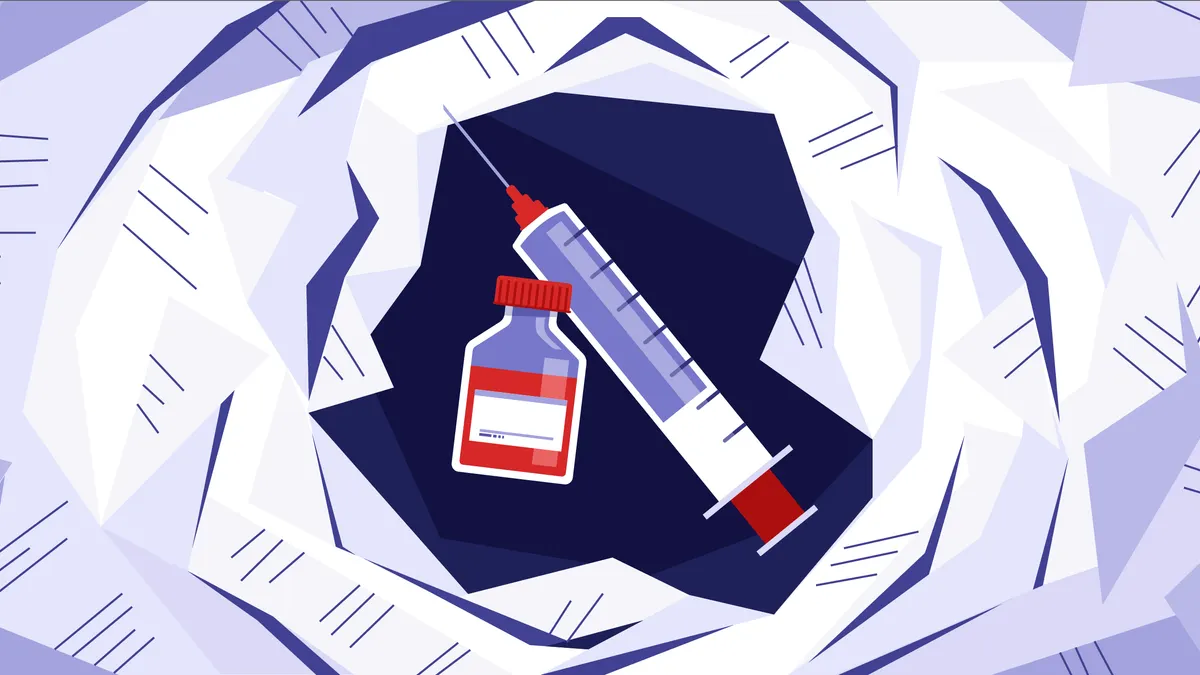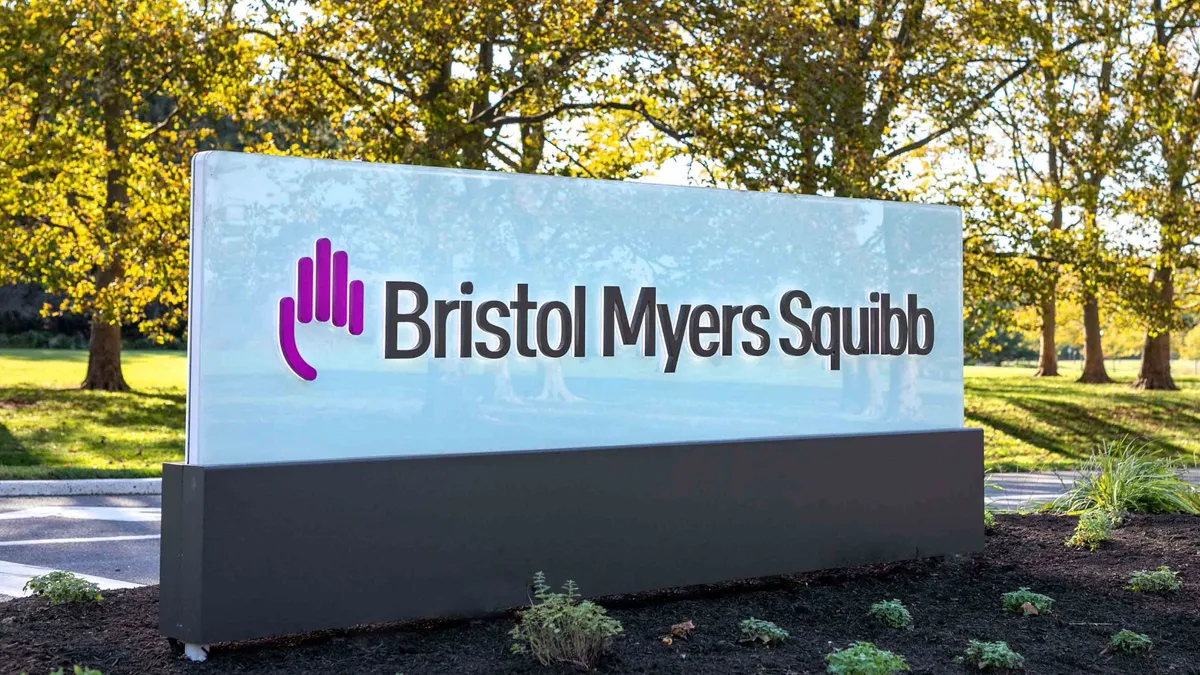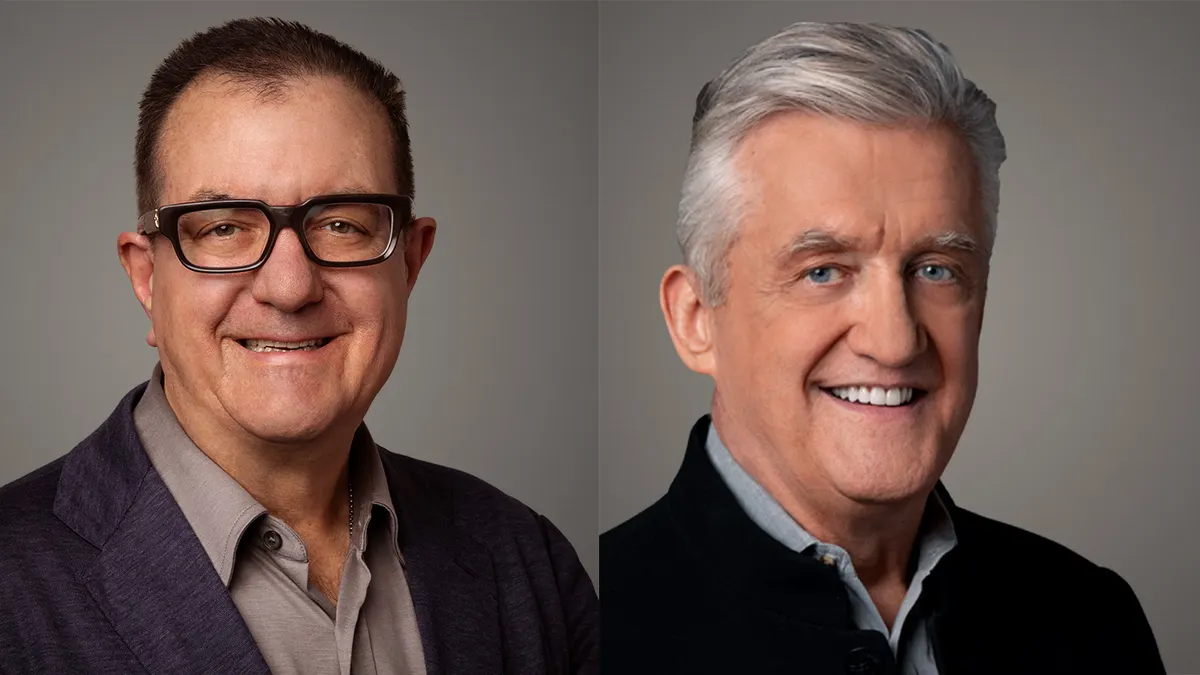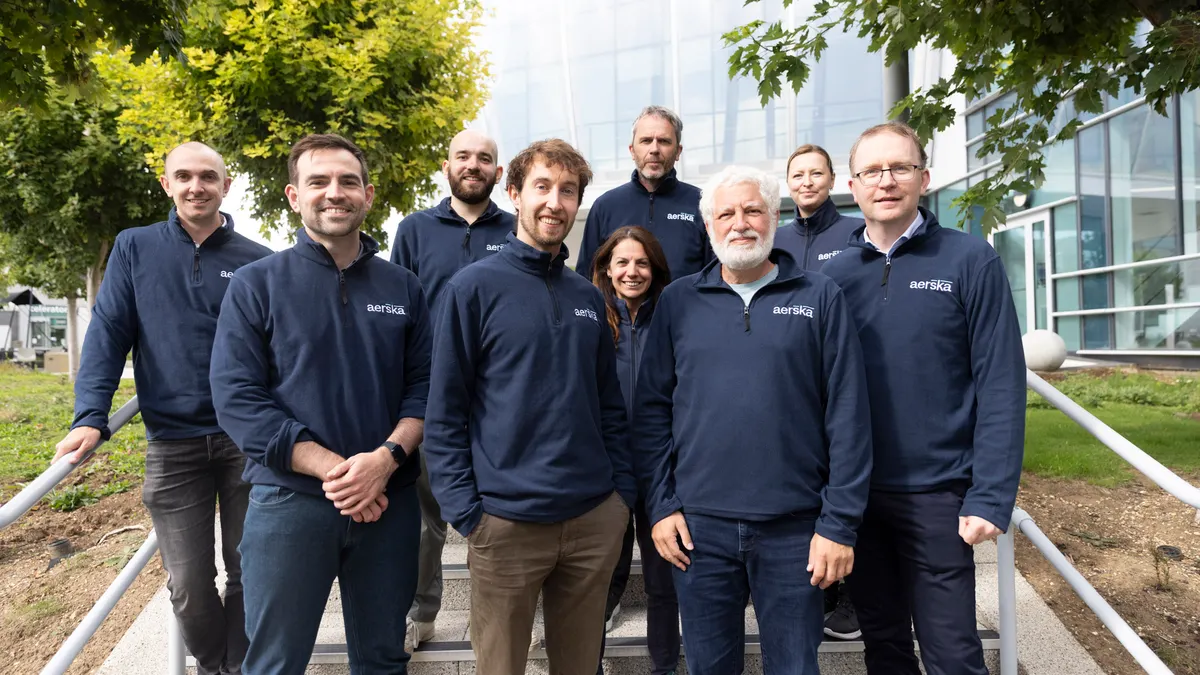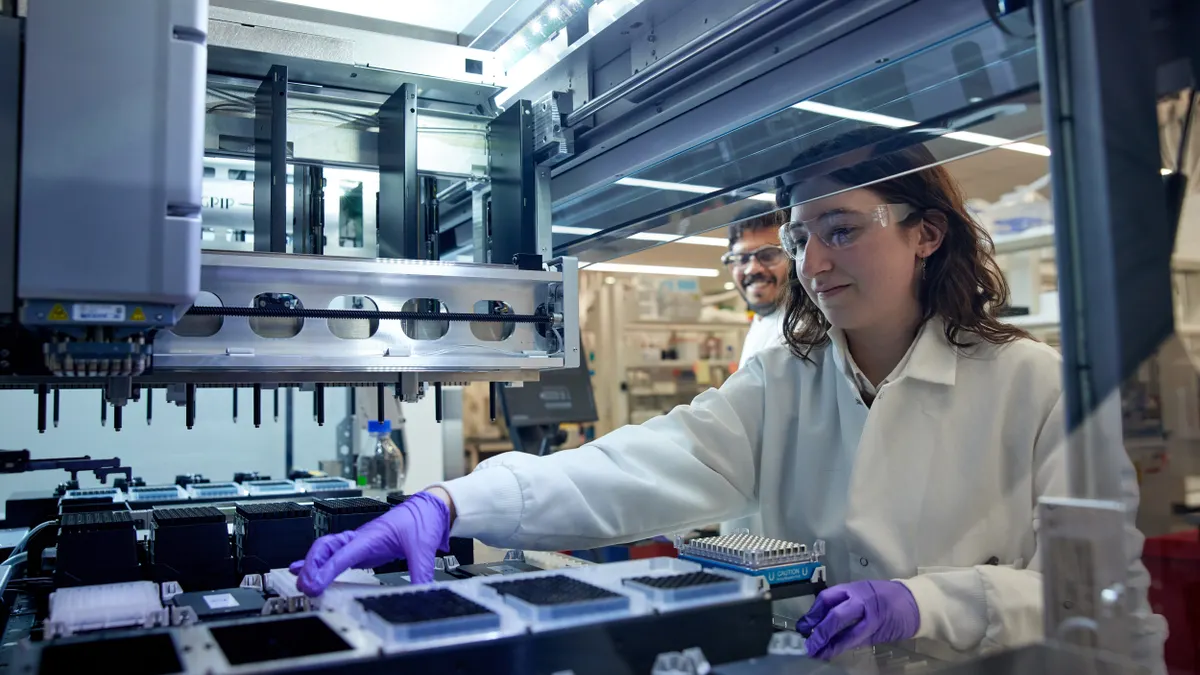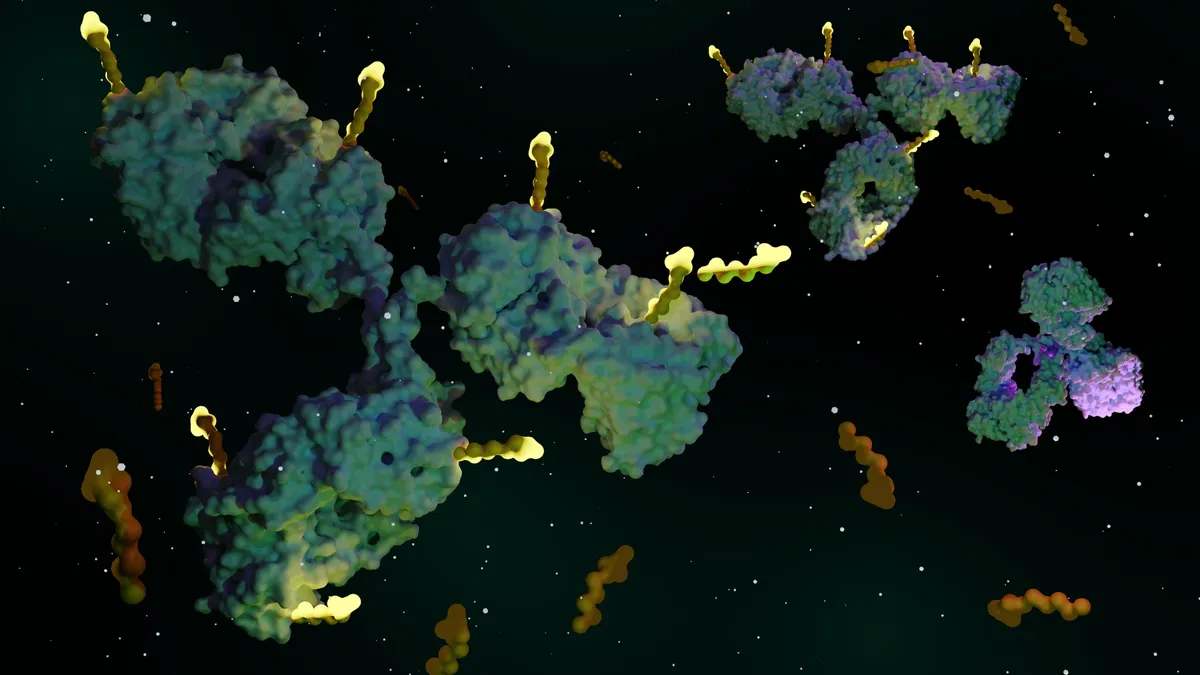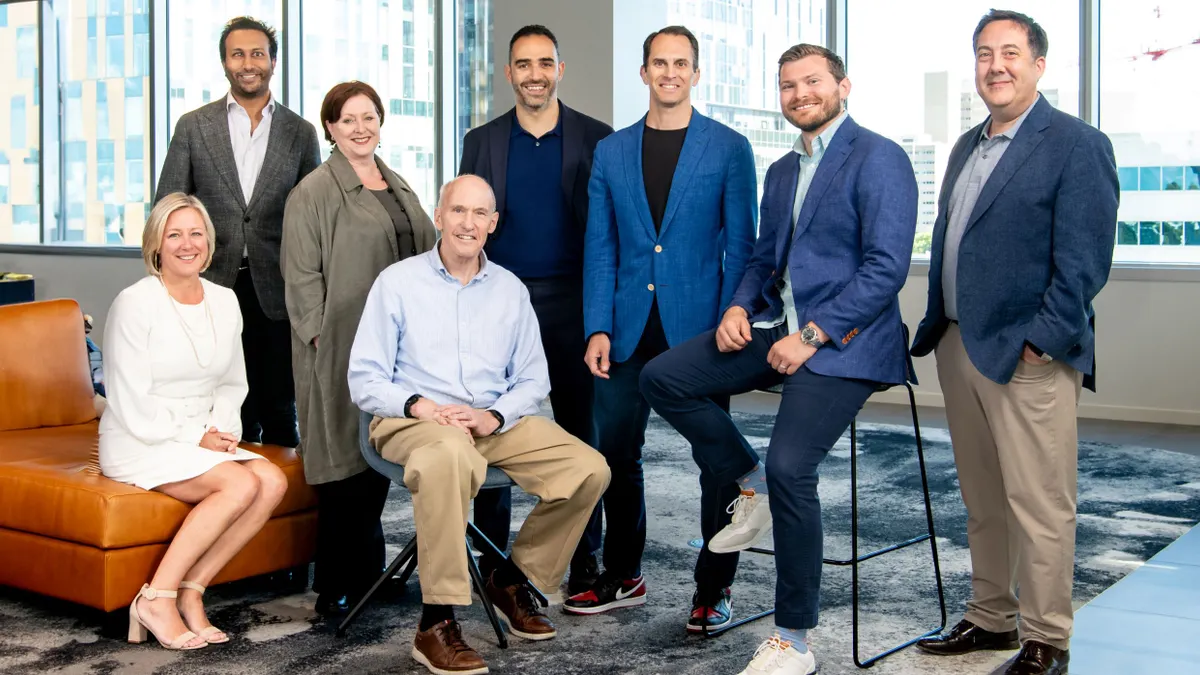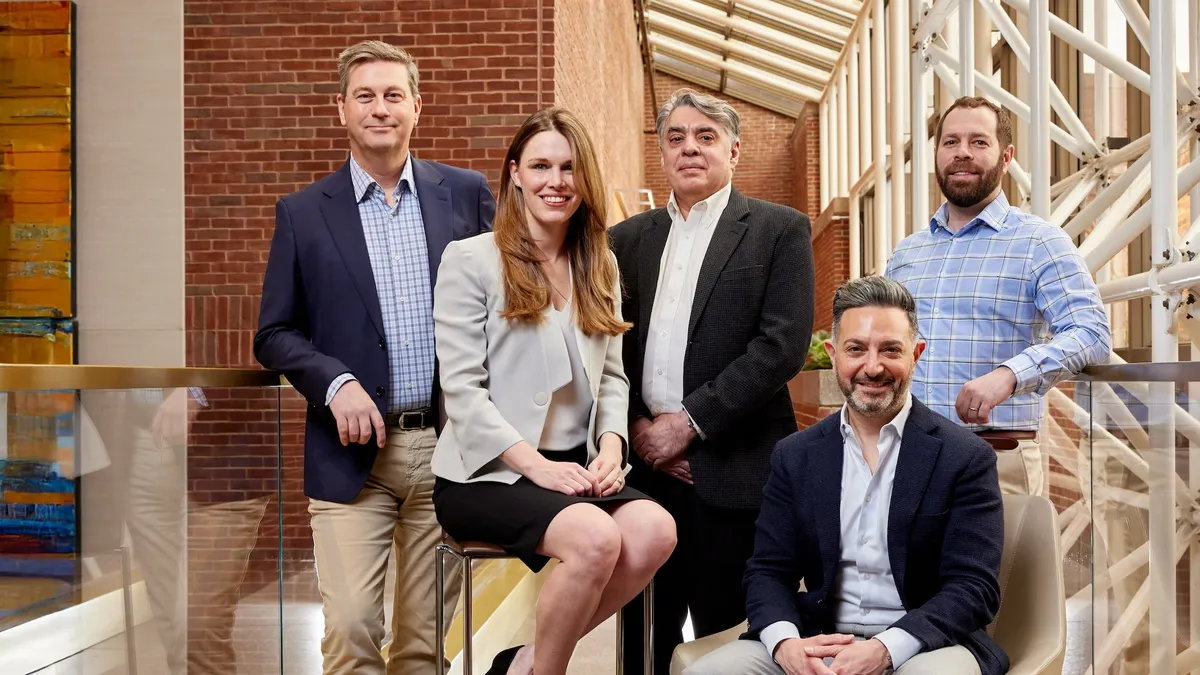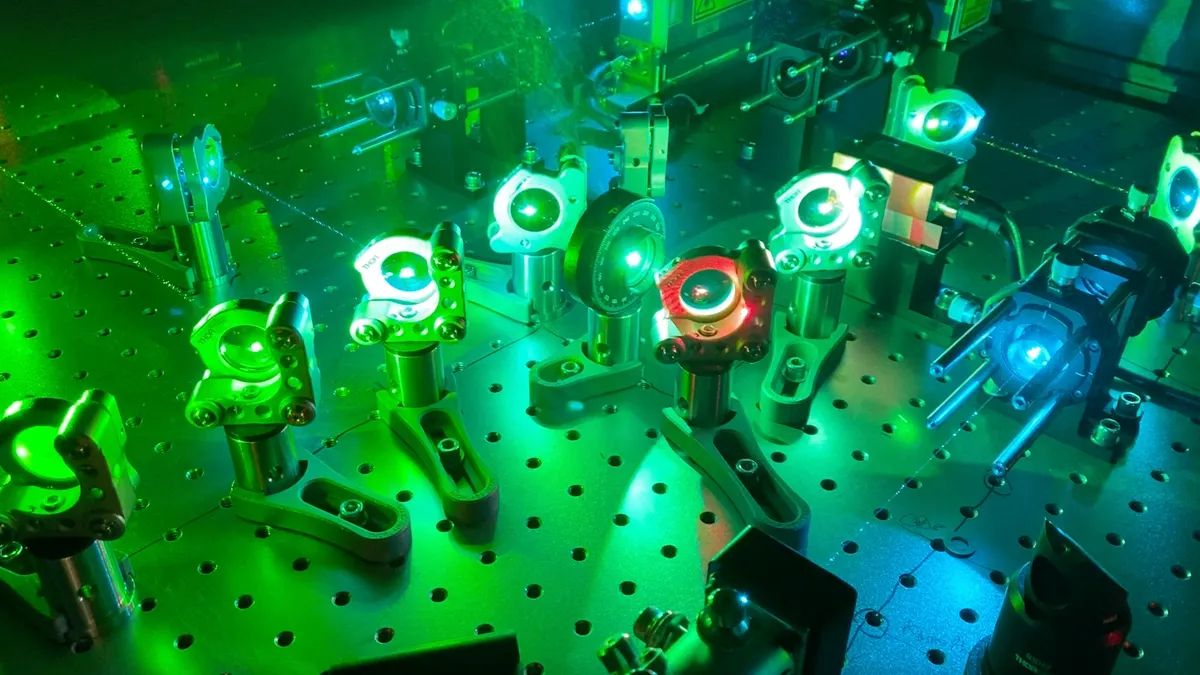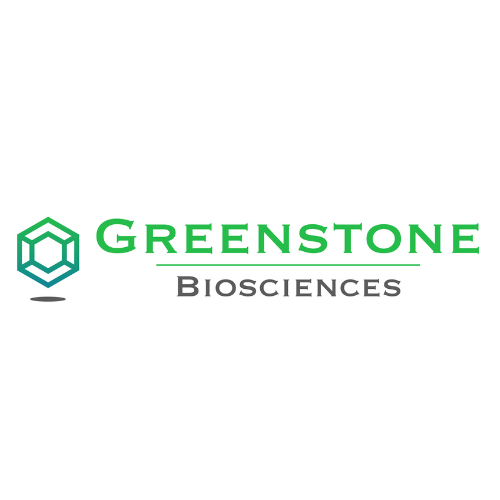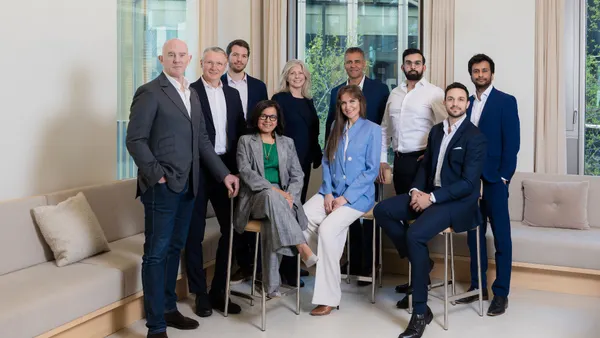Dive Brief:
- Solve Therapeutics has raised $120 million to advance a pipeline of antibody-drug conjugates that it believes to have certain advantages over earlier drug programs.
- The round was led by Yosemite, the oncology-focused venture firm backed by Reed Jobs. Eleven other firms also participated, among them Abingworth, Ally Bridge Group and Merck & Co. The startup previously closed a $75 million round in December, and said Monday that it’s secured $321 million in total since its formation.
- Formed by the leaders of two biotechs acquired by larger pharmaceutical companies, Solve is developing newer types of ADCs it claims to have “best-in-class” potential against solid tumors because of a novel linker technology. Its first two candidates, SLV-154 and SLV-324, are currently in early-stage testing. The funding will support the completion of Phase 1b studies and expand Solve’s operational capabilites, it said in its statement.
Dive Insight:
ADCs, a type of targeted chemotherapy, have sparked a gold rush in recent years. Several large firms have acquired biotechs working on the technology, and an array of younger startups have formed in an effort to improve on it.
Many of these newer companies are zeroing in on the limitations seen in first-generation ADCs. Some of these drugs still have a limited range of doses that are safe and effective enough for companies to test, or release their toxic payload too early. Tumors can develop resistance to them, too.
Solve claims its “linkers,” the component of an ADC that connects a targeting molecule to a toxin, can help. In an email to BioPharma Dive, Solve CEO Dave Johnson said the ADCs built on its technology should stay fully intact when circulating through the bloodstream and only activate after reaching a tumor. That should help them deliver a toxic blow more precisely, giving Solve a greater range of doses to work with.
The company isn’t alone in making such a claim. Several companies are working on new linkers, or tinkering with ADCs in other ways to boost their effectiveness and safety. Johnson said what should help Solve stand out is the way it’s specifically optimizing each component — antibody, linker and toxin — to “work together.” The data it’s generated so far, while early, are “validating and consistent” with what the company observed in preclinical testing, he added.
Solve is aiming its ADCs at a range of solid tumors with “high unmet need,” according to Johnson. SLV-154 is being tested against head and neck cancer, non-small cell as well as small cell lung cancers, and bladder tumors, among others. It hasn’t yet disclosed which cancers SLV-324 will target.
The company didn’t specify when to expect study results, but Johnson indicated its trials are enrolling ahead of schedule.
“We’re excited about the progress across our clinical programs and look forward to sharing more as the data emerges,” he said.







